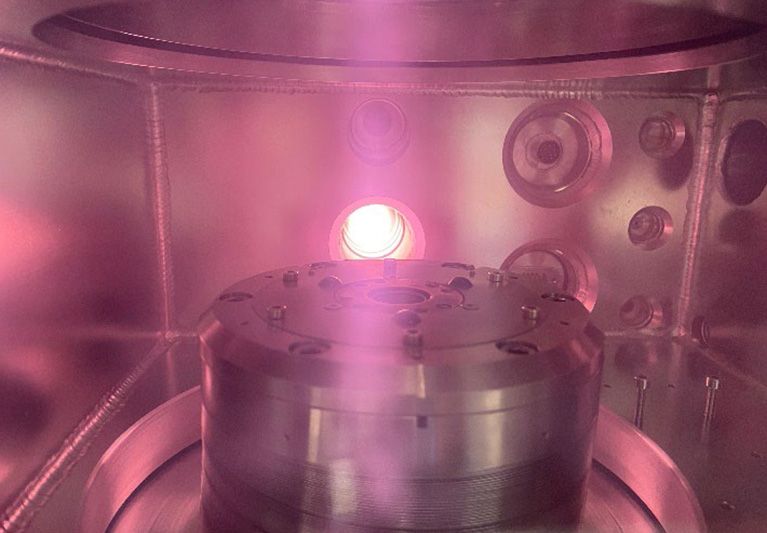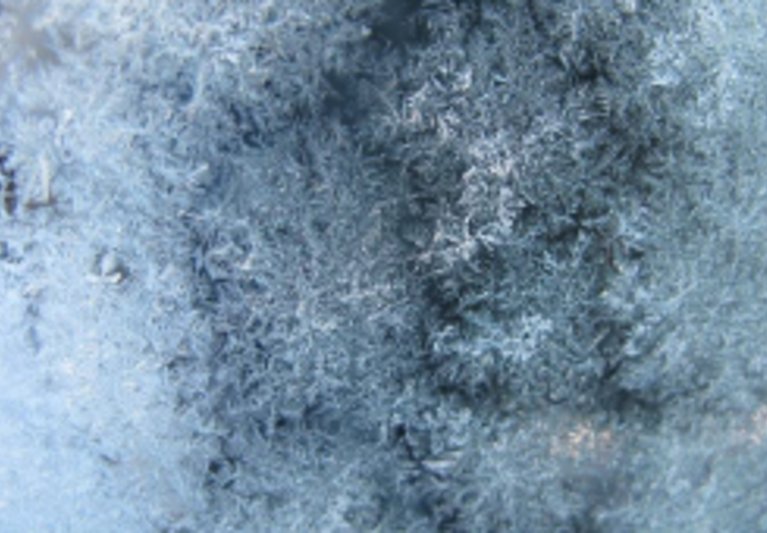NAP-XPS Systems
In (Near) Ambient Pressure (N)AP-XPS Systems samples can be characterized operando in pressures up to 100 mbar. Special differentially pumped analyzers, like the PHOIBOS 150 NAP are used. For excitation either a synchrotron beam line via the windowless beam entrance stage WBE 4 or a monochromated small spot X-ray source can be connected. Such systems can work as backfilling system, in which the whole chamber is filled with gas, or as in-situ cell systems, where small reaction chamber, like the DeviSim can be connected to the analyzer, so that a smaller reaction volume also allows for gas characterization. A third way is to exchange the whole analysis chamber or analysis module. Especially at synchrotrons in this case a NAP Cluster Flange is used, providing on one side optimized mounting flanges for PHOIBOS 150 NAP and the differentially pumped beam entrance stage WBE 4. On the other side it provides a single mounting flange for the different analytical chambers or endstations for easy and fast exchange.

